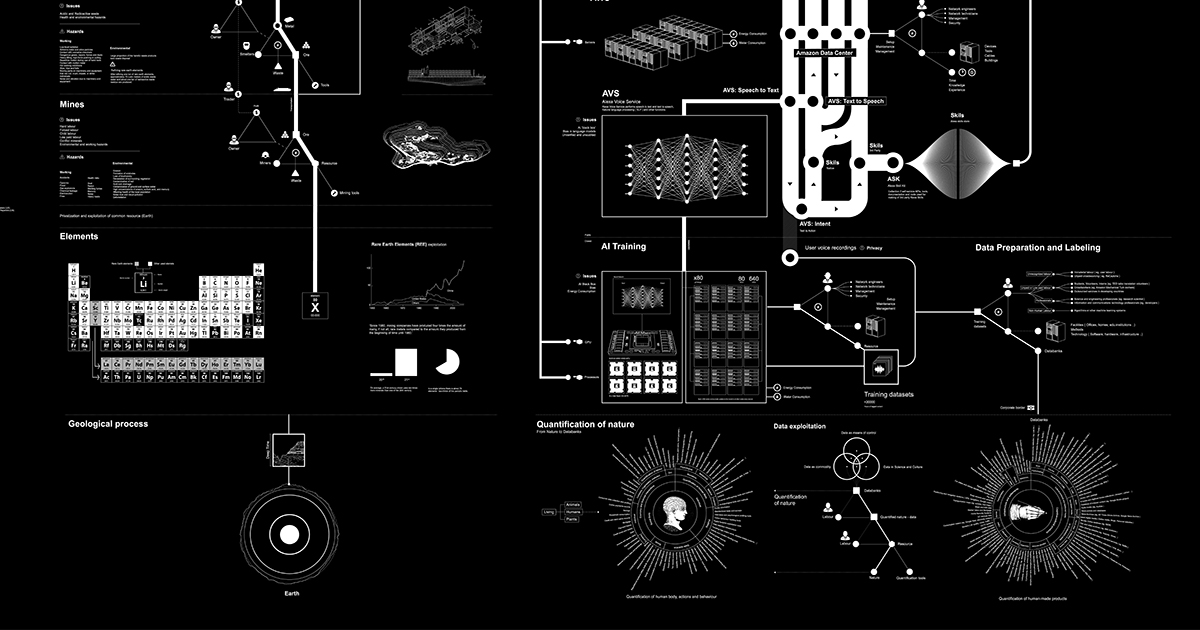00. Introduction¶
- Introduction
- What is SageMath and why are we using it?
- Interaction - learning/teaching style
- What can you expect to get out of this course?
Introduction¶
This is the code notebooks for 1MS041 at Uppsala University. 1MS042 is titled Introduction to Data Science and takes a computational, mathematical and statistical Approach.
Training in Advanced Computational Mathematical Research Environment¶
At the end of these lab/lectures you will be able to use SageMath/Python to get further into advanced research-level data science problems using the vast tools in SageMath and the Python eco-system in general.
What is SageMath and why are we using it?¶
We will be using Sage or SageMath for our hands-on work in this course. Sage is a free open-source mathematics software system licensed under the GPL. Sage can be used to study mathematics and statistics, including algebra, calculus, elementary to very advanced number theory, cryptography, commutative algebra, group theory, combinatorics, graph theory, exact linear algebra, optimization, interactive data visualization, randomized or Monte Carlo algorithms, scientific and statistical computing and much more. It combines various software packages into an integrative learning, teaching and research experience that is well suited for novice as well as professional researchers.
Sage is a set of software libraries built on top of Python, a widely used general purpose programming language. Sage greatly enhance Python's already mathematically friendly nature. It is one of the languages used at Google, US National Aeronautic and Space Administration (NASA), US Jet Propulsion Laboratory (JPL), Industrial Light and Magic, YouTube, and other leading entities in industry and public sectors. Scientists, engineers, and mathematicians often find it well suited for their work. Obtain a more thorough rationale for Sage from Why Sage? and Success Stories, Testimonials and News Articles. Jump start your motivation by taking a Sage Feature Tour right now!
Interaction - learning/teaching style¶
This is an interactive jupyter notebook with SageMath interpreter and interactive means...
Videos¶
We will link relevant videos in the notebook, such as those from The Khan Academy or open MOOCs from google, facebook, academia, etc.
Please right-click and open video links in a separate Tab/window.
Latex¶
We will formally present mathematical and statistical concepts in the Notebook using Latex as follows:
$$ \sum_{i=1}^5 i = 1+2+3+4+5=15, \qquad \prod_{i=3}^6 i = 3 \times 4 \times 5 \times 6 = 360 $$$$ \binom{n}{k}:= \frac{n!}{k!(n-k)!}, \qquad \lim_{x \to \infty}\exp{(-x)} = 0 $$$$ \{\alpha, \beta, \gamma, \delta, \epsilon, \zeta, \mu,\theta, \vartheta, \phi, \varphi, \omega, \sigma, \varsigma,\Gamma, \Delta, \Theta, \Phi, \Omega\}, \qquad \forall x \in X, \quad \exists y \leq \epsilon, \ldots $$
Interactive Visualizations¶
We will use interactive visualisations to convey concepts when possible. See the Taylor approximation below for a given order.

